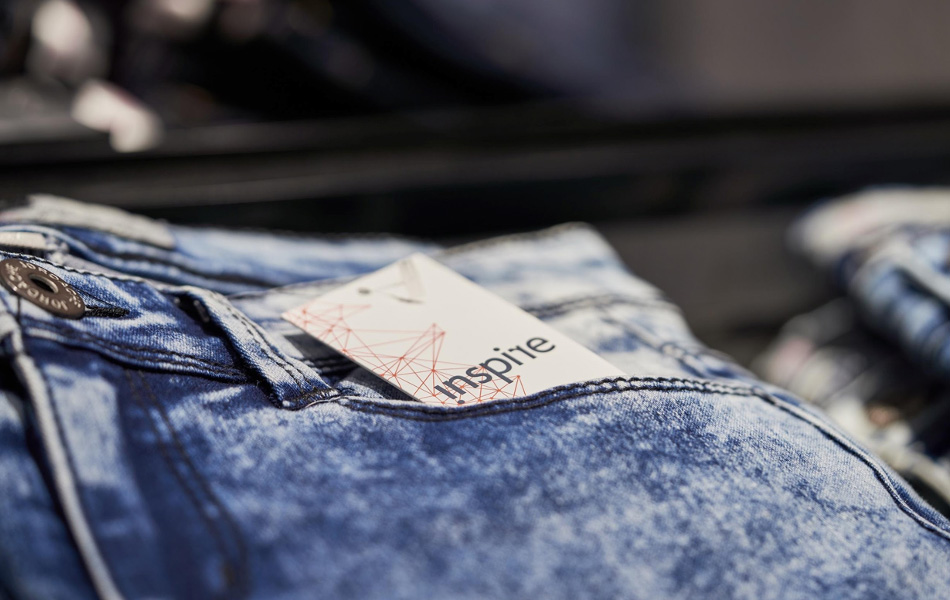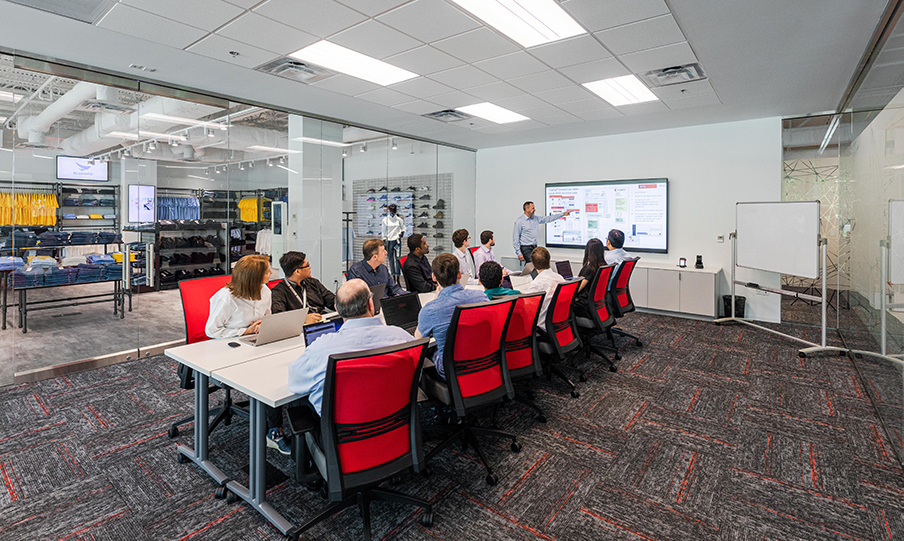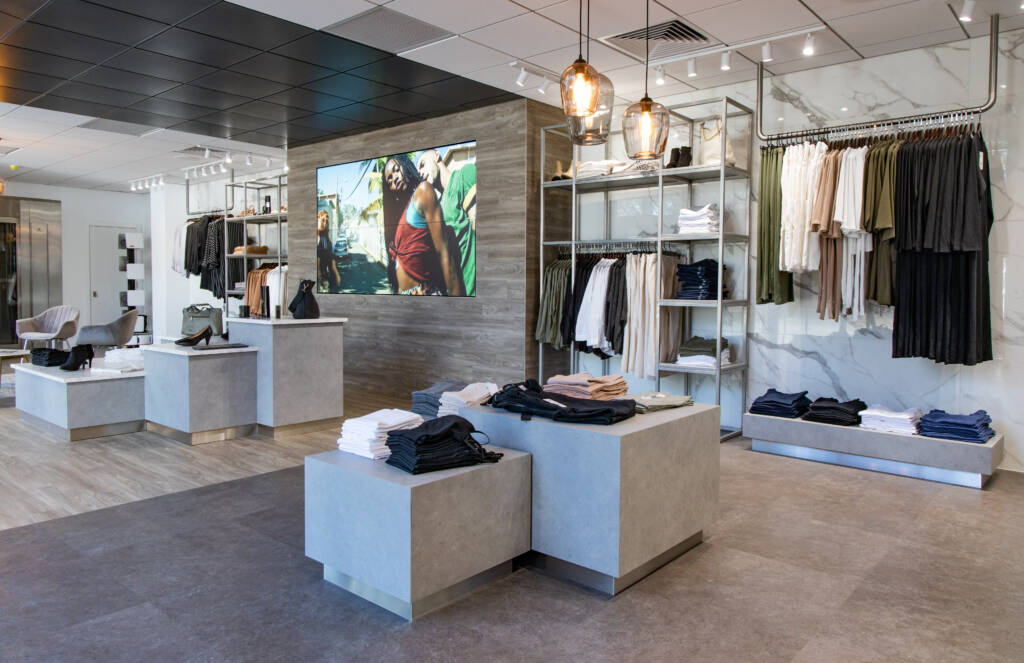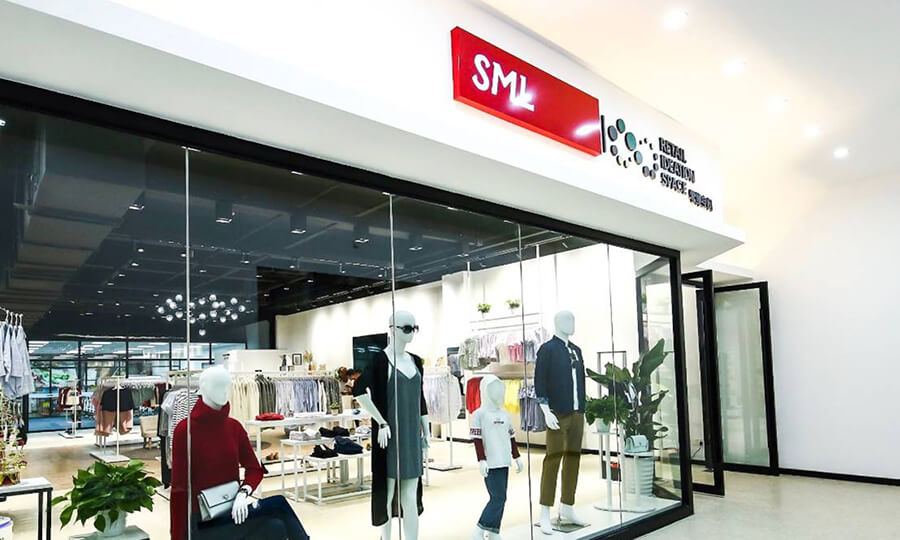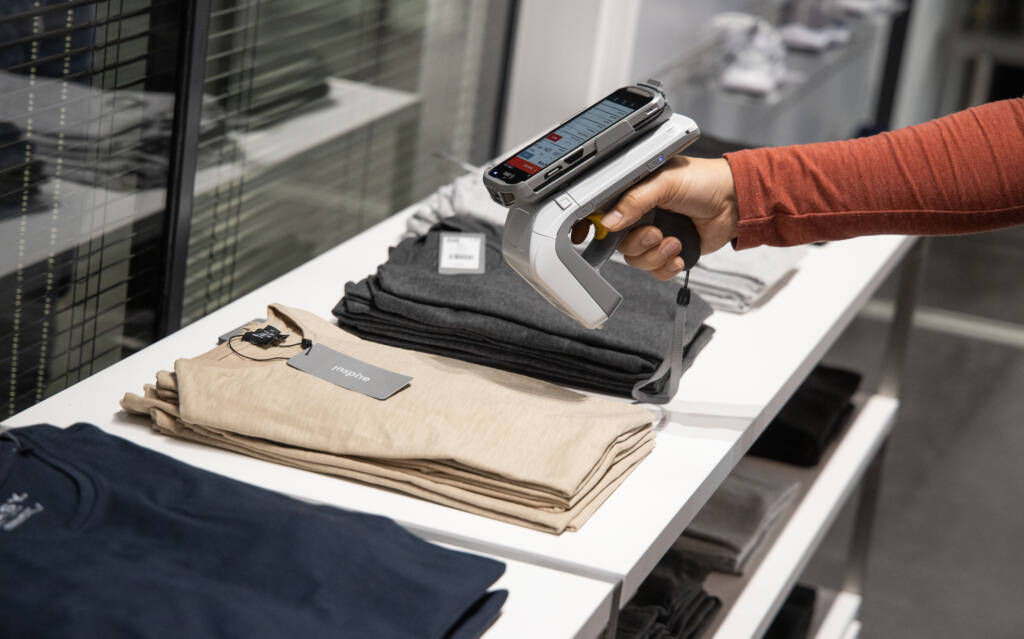When it comes to speed, Nike says RFID is key
Originally published on supplychaindive.com
Dive Brief:
- ” RFID gives us the most complete view of our inventory that we have ever had. It’s quickly becoming the most precise tool in our arsenal to meet an individual consumer specific need at the exact right moment,” said Parker on the company’s Thursday earnings call.
- Nike Direct stores will begin taking advantage of the visibility the technology can provide in the coming quarter and the initiative will spread through the rest of Nike’s network, including partner retailers, in the subsequent quarters.
Dive Insight:
Nike’s embrace of RFID is part of its journey to create a faster, more agile and responsive supply chain. The company is working on drastically cutting lead times — by half in some cases. And visibility, said executives, is a key part of speed.
Better inventory visibility enables the kind of quick decision making that begets faster production. Parker said the brand’s Middle East and North Africa inventory comes through the “Express Lane” (Nike’s speediest manufacturing lane) to the tune of 20% — ” driving higher full price sell-through and better gross margins.”
This equation of inventory visibility plus production speed will roll out to Nike’s stores in the near-term and through Nike’s customer base over time.
Beyond Nike’s own supply chain, RFID can grant Nike a view of the inventory in the hands of retailer customers too, giving Nike a better view of what’s selling and, in theory, giving retailers more tools to get consumers the products they want when they want them.
“I’d say that’s probably the sharpest and most intuitive aspect of this opportunity is visibility into the inventory. For a company like Nike with the breadth and depth of our portfolio, [it] is somewhat limited across our broad distribution within the marketplace. Being able to leverage our RFID to give almost 100% visibility into what we have, by style, color and size across our marketplace is an incredible opportunity in terms of meeting consumer demand real time, in the moment,” said Parker.
Even with these investments, and roughly 25% Chinese manufacturing exposure, Nike’s margins are still on the rise. In fact, CFO Andy Campion listed currency fluctuations (not tariffs) as a major downward pull on margins.


